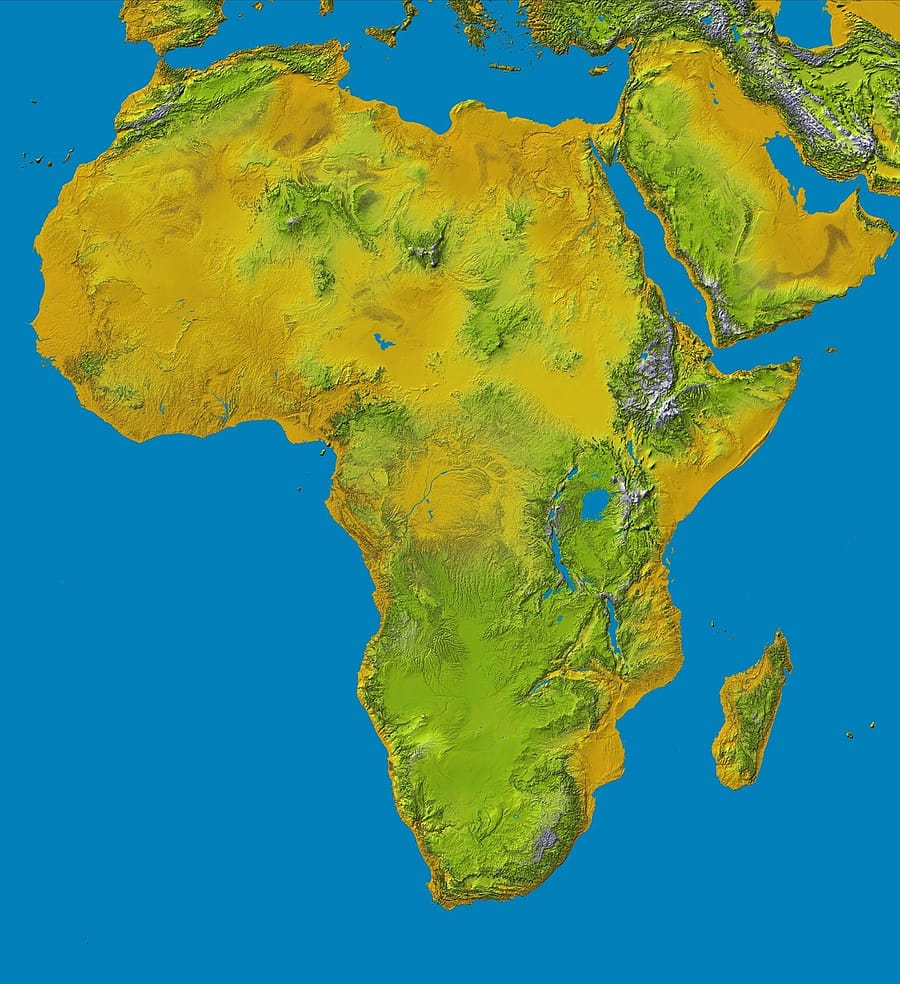Africa, the second largest continent on Earth, is a land of awe-inspiring dimensions and staggering diversity. Spanning over 30 million square kilometres (11.7 million square miles), Africa’s vast landmass encompasses a remarkable array of landscapes, ecosystems, and cultures. From the sun-scorched deserts of the Sahara to the lush jungles of the Congo Basin, Africa’s geographical diversity is unparalleled. But it’s not just the continent’s size that commands attention; Africa is also home to a burgeoning population, with over 1.3 billion people calling it home.
One of the most remarkable aspects of Africa is its sheer size. Covering about 20% of the Earth’s total land area, Africa is a continent of superlatives. It is larger than the United States, China, India, and most of Europe combined. Within its borders lie 54 countries, each with its own distinct culture, language, and history. From the ancient pyramids of Egypt to the bustling markets of Nigeria, Africa’s cultural heritage is as diverse as its geography.

Despite its immense size, Africa’s population density varies widely from region to region. While some areas are densely populated, particularly along the coasts and major rivers, vast stretches of the continent remain sparsely inhabited. This population distribution is influenced by factors such as access to water, arable land, and economic opportunities. Urbanization is also reshaping Africa’s demographic landscape, with millions of people migrating to cities in search of better livelihoods.
However, Africa’s population is not just large; it is also young and rapidly growing. With a median age of around 19 years old, Africa has one of the youngest populations in the world. This youth demographic presents both opportunities and challenges for the continent’s development. While it offers a potential demographic dividend in terms of a large working-age population, it also places strains on social services, infrastructure, and employment opportunities.
Moreover, Africa’s population is projected to double by 2050, reaching an estimated 2.5 billion people. This demographic trend underscores the importance of sustainable development and effective governance in ensuring a prosperous future for Africa. Investments in education, healthcare, and infrastructure are crucial for harnessing the continent’s demographic dividend and unlocking its full potential.
In conclusion, Africa’s vastness and population size make it a continent of immense significance and potential. Its diverse landscapes, cultures, and peoples are a testament to the richness of human civilization. As Africa continues to evolve and grow, it is essential to embrace sustainable development practices that preserve its natural resources, empower its people, and promote inclusive growth for all.
